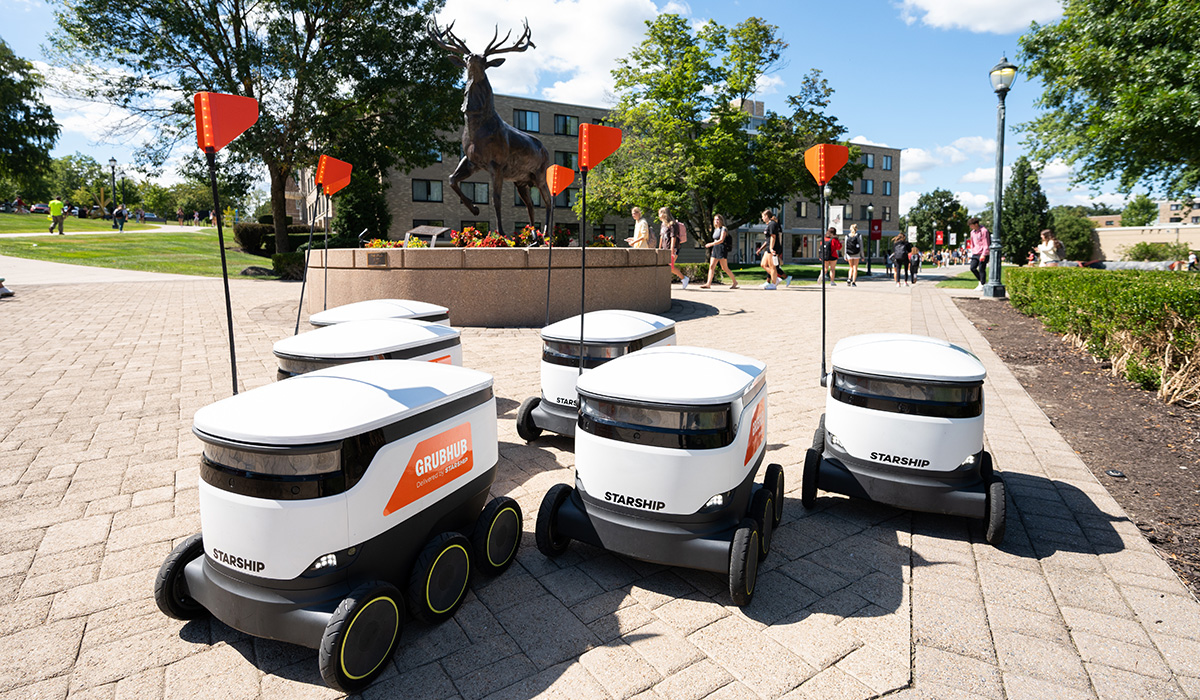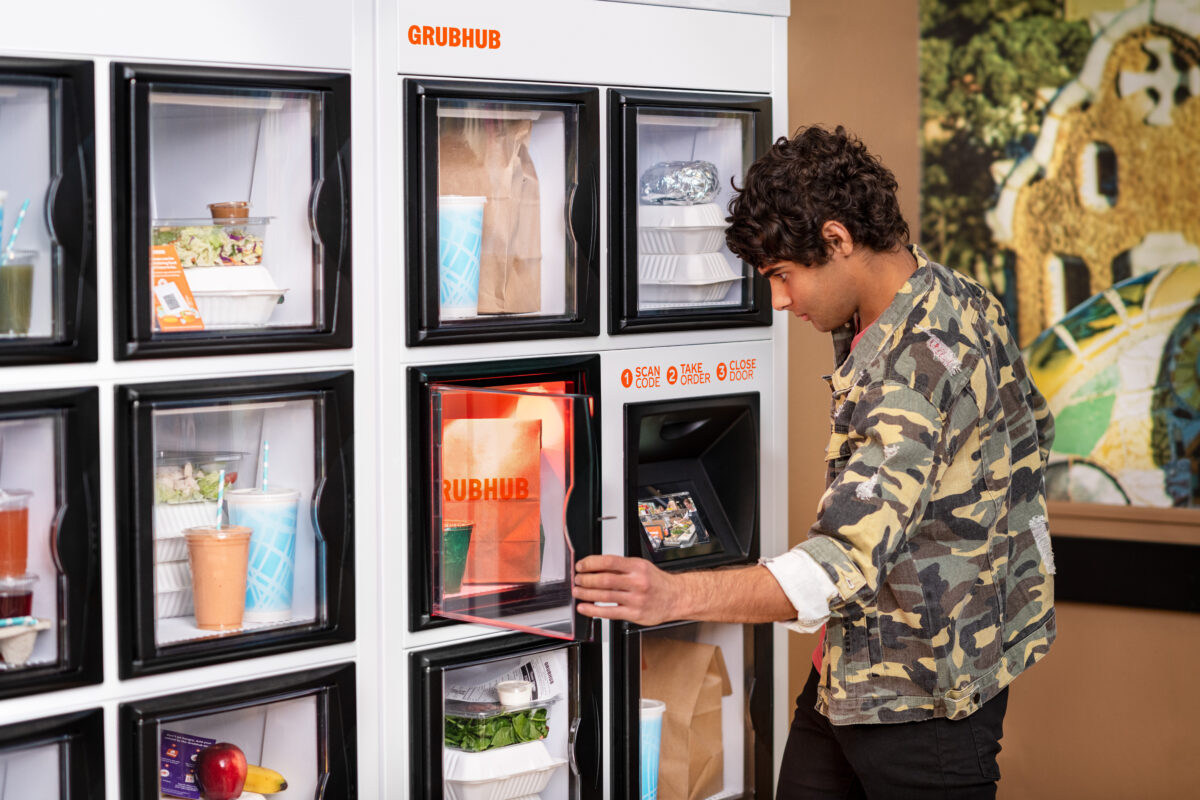When it comes to finding meals, college students have more choices than ever. If you’re looking for ways to drive orders and boost revenue for on-campus dining operations, take a look at the latest trends. By staying current, you can give campus restaurants a competitive advantage.
What is considered on-campus dining?
On-campus dining refers to any restaurant, cafeteria, or convenience store that’s located on a college campus. Types of campus dining include cafeterias, to-go counters, convenience stores, fast-food restaurants, and fast-casual eateries.
Typically, on-campus dining can work on a meal plan system. Students pay for a specific dollar amount or a set number of meals each semester; they can use that plan to pay for food at designated campus dining locations. Many campuses also accept other payment options including cash, credit card, or contactless.
How to encourage on-campus dining
To encourage students to choose your on-campus restaurants, use these tips and best practices:
- Place dining options in different locations for convenience and speed.
- Offer to-go packaging to enable students to take food to class, a meeting, or their dorm.
- Allow students to order and pay for takeout or delivery using a mobile app.
- Establish meal plans at a variety of price points to attract students who live on and off campus.
- Offer a selection of meal options for people with allergies, plant-based diets, and religious or cultural dietary restrictions.
- Enable students to pay with dining dollars and subtract the cost from the campus meal plan.
4 on-campus dining trends
In 2023, college dining operations are taking steps to create a safe, convenient, and eco-friendly experience for students. If you want to increase foot traffic to campus dining outlets, look to the latest college trends for tips.
1. Smart food technology
This year, technology is becoming an even bigger part of on-campus dining. As universities look for ways to combat the labor shortage while providing fast, efficient service, they’re turning to technologies such as self-driving delivery robots, smart food lockers, and self-ordering kiosks. Each one saves time for students and faculty members when they’re eating on campus. Grubhub On Site makes it easy for managers to add and operate these new tech services and students are able to place mobile orders on the same familiar Grubhub app. Special partnerships with leading campus card providers enables students to even pay for food using their meal plan.
2. Allergy-safe dining
Food allergies are on the rise in the United States, and college dining services are responding. One of the biggest trends for 2023 is the emergence of allergy-safe dining stations. To reduce the risk of cross-contamination, colleges are creating small kitchens that are completely free of top allergens. At Grand Valley State University, for example, they have implemented a station at their dining hall that eliminates eggs, milk, wheat, and fish.
3. More plant-based options
A significant portion of vegans and vegetarians in the United States are college-age. In 2022, 7% of people aged 18 or 19 were vegan, as well as 5% of people aged 20 to 29. McKinsey finds that members of Gen Z often eat meatless meals to boost sustainability and reduce their environmental impact. To give these students more options and drive orders for campus restaurants, university dining operations are expanding their plant-based menus.
4. Sustainable takeout containers
Plastic waste is a significant concern for colleges and universities that offer takeout meals. To reduce their landfill contributions and satisfy students’ desire for eco-friendly dining, many schools are switching to biodegradable or reusable to-go containers. The trend is already having an impact. To date, Grubhub campuses that utilize topanga.io’s integrated zero-waste takeout services have saved a combined total of:*
- 248,457 single use containers from landfill
- 23,572 pounds of waste
- 159,336 gallons of water
- 165,771 pounds of GHG emissions
Grubhub On Site is here to elevate your dining experience and help you keep pace with on-campus dining trends. To find out how your dining services can benefit, get in touch today.
*Data courtesy of topanga.io.





